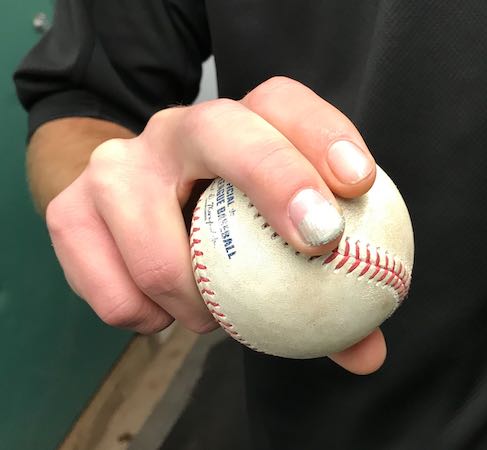Job Posting: Dodgers Amateur Scouting Assistant
Title: Assistant, Amateur Scouting
Department: Amateur Scouting
Status: Full-Time, Seasonal
Reports to: Assistant Director, Amateur Scouting
Deadline: December 1, 2019
The Los Angeles Dodgers are seeking an Assistant in the Amateur Scouting Department. This role will focus on providing administrative and technical support throughout the year in preparation for the 2020 and 2021 Rule 4 Drafts, in addition to being exposed to both traditional scouting and analytically-based concepts related to player evaluation. The individual will work closely with the entire amateur scouting staff in order to gather, organize, and process all pertinent information prior to the 2020 Draft and assist with in-person data collection as needed throughout the season.
Job Functions:
- Provide administrative, logistical, and technical support to the Amateur Scouting and Baseball Operations Departments, mostly in preparation for the Rule 4 Draft.
- Assist with the collection of biographical, medical, and statistical information on Draft-eligible players.
- Manage the daily in-flow of information through various internal and external data sources, implement detailed tracking processes to organize all information, and effectively communicate information needs throughout the department.
- Assist with the planning and execution of various department meetings and events—including Preseason and Pre-Draft workouts, Post-Draft Mini-Camps, and several department-wide meetings throughout the year.
- Provide in-person player evaluations, in-person video collection, and ad-hoc data collection and analysis, on an as-needed basis.
- Perform related duties as assigned.
Basic Requirements/Qualifications:
- Bachelor’s degree
- Willingness and ability to relocate to Glendale, AZ or Los Angeles, CA
- Fervent passion for baseball and a career in player evaluation
- Strong to excellent organizational, interpersonal, and time management skills
- Strong verbal and written communication skills
- Proficiency in Microsoft Word, PowerPoint, and Excel with experience or exposure with SQL being an advantage
- Ability to lift and carry 25 lbs
- Willingness and ability to work weekends, holidays, and open to travel, as needed
To Apply:
To apply, please complete the application, which can be found here.
The content in this posting was created and provided solely by the Los Angeles Dodgers.

